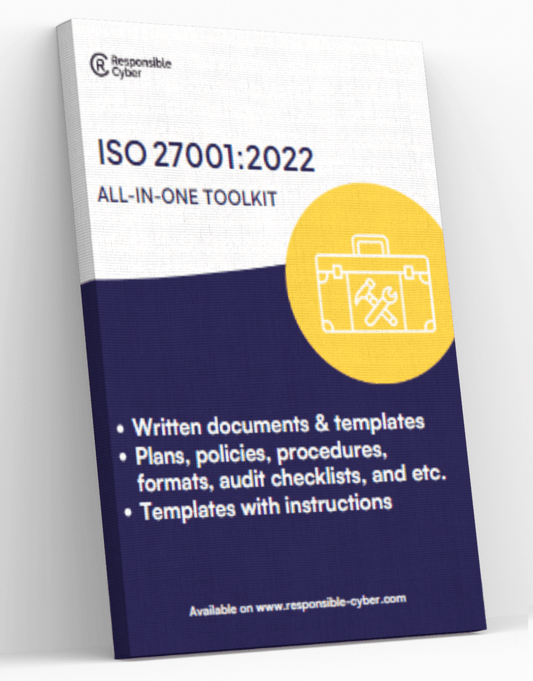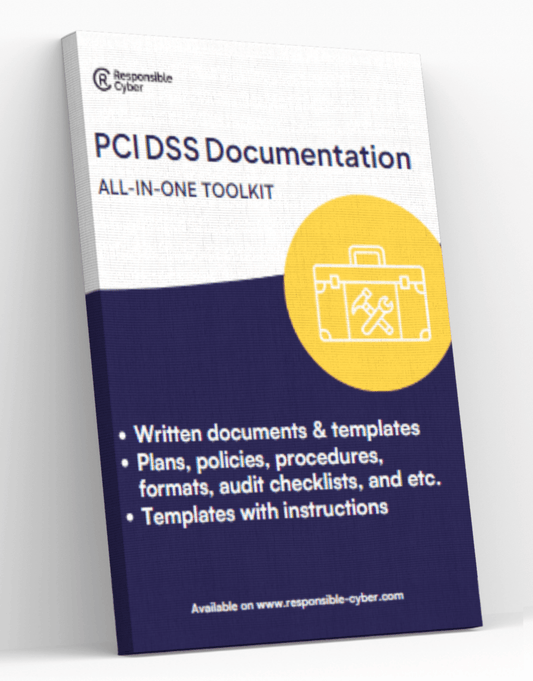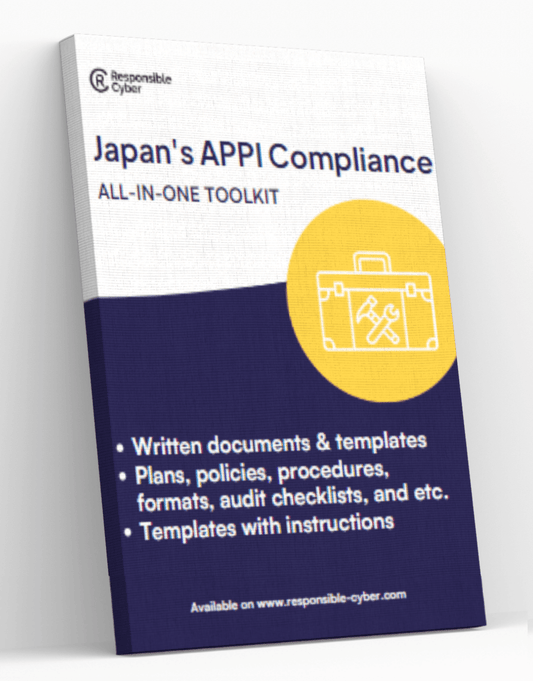Comprehensive Guide to the PCI DSS Toolkit: Ensuring Compliance and Security in Payment Card Data

In the digital age, where online transactions have become a cornerstone of commerce, the security of payment card data is paramount. The Payment Card Industry Data Security Standard (PCI DSS) is a set of comprehensive requirements designed to ensure that all companies that process, store, or transmit credit card information maintain a secure environment. The PCI DSS Toolkit provides organizations with the necessary resources and guidelines to achieve and maintain compliance with these standards. This article explores the PCI DSS Toolkit in depth, highlighting its components, benefits, and strategies for effective implementation.
What is the PCI DSS Toolkit?
The PCI DSS Toolkit is a collection of tools, templates, and guidelines developed to help organizations comply with the PCI DSS requirements. It provides a structured approach to securing payment card data, managing risks, and ensuring continuous compliance with the industry standards. The toolkit is essential for any organization that handles payment card transactions, from small businesses to large enterprises.
Key Components of the PCI DSS Toolkit
The PCI DSS Toolkit is composed of several critical components designed to assist organizations in achieving and maintaining PCI DSS compliance. These components include:
1. Self-Assessment Questionnaires (SAQs)
The Self-Assessment Questionnaires are a set of forms that organizations can use to assess their compliance with PCI DSS requirements. The SAQs help identify areas of non-compliance and guide organizations in implementing necessary changes to meet the standards.
2. Policies and Procedures Templates
The toolkit includes templates for creating security policies and procedures that align with PCI DSS requirements. These templates cover various aspects of data security, such as access control, encryption, and incident response, ensuring that organizations have comprehensive documentation in place.
3. Compliance Checklists
Compliance checklists are provided to help organizations track their progress in meeting PCI DSS requirements. These checklists ensure that all necessary steps are taken and nothing is overlooked during the compliance process.
4. Training Materials
The PCI DSS Toolkit includes training materials for educating employees about PCI DSS requirements and best practices for handling payment card data. These materials are crucial for fostering a security-aware culture within the organization.
5. Risk Assessment Tools
Risk assessment tools help organizations identify and evaluate potential risks to payment card data. These tools guide organizations in implementing appropriate controls to mitigate identified risks and ensure compliance with PCI DSS requirements.
6. Incident Response Plan Templates
The toolkit provides templates for creating an incident response plan tailored to PCI DSS requirements. This plan outlines the steps to be taken in the event of a security breach, ensuring that organizations can respond quickly and effectively to minimize damage.
7. Documentation Guidelines
Detailed guidelines for documenting compliance efforts are included in the toolkit. Proper documentation is essential for demonstrating compliance during audits and assessments.
Benefits of the PCI DSS Toolkit
Implementing the PCI DSS Toolkit offers numerous benefits for organizations handling payment card data. Some of the key advantages include:
1. Enhanced Security
The PCI DSS Toolkit provides a structured approach to securing payment card data, helping organizations implement robust security measures that protect against data breaches and cyber threats.
2. Simplified Compliance Process
The toolkit simplifies the process of achieving PCI DSS compliance by providing clear guidelines, templates, and tools. This reduces the complexity of the compliance process and helps organizations meet requirements more efficiently.
3. Risk Mitigation
By guiding organizations through risk assessments and the implementation of appropriate controls, the PCI DSS Toolkit helps mitigate potential risks to payment card data, enhancing overall data security.
4. Improved Customer Trust
Achieving PCI DSS compliance demonstrates a commitment to data security, building trust with customers and partners. This can lead to increased customer loyalty and a stronger reputation in the market.
5. Reduced Risk of Penalties
Non-compliance with PCI DSS can result in significant fines and penalties. The PCI DSS Toolkit helps organizations avoid these financial repercussions by ensuring they meet all necessary requirements.
Implementing the PCI DSS Toolkit
Implementing the PCI DSS Toolkit requires a strategic approach and careful planning. Here are the steps to effectively utilize the toolkit:
1. Conduct a Gap Analysis
Begin by conducting a gap analysis to identify areas where current practices fall short of PCI DSS requirements. This analysis provides a baseline for planning and implementing necessary changes.
2. Develop a Compliance Plan
Create a detailed compliance plan that outlines the steps needed to achieve PCI DSS compliance. The plan should include timelines, responsibilities, and resources required for implementation.
3. Utilize SAQs and Checklists
Use the Self-Assessment Questionnaires and compliance checklists to assess current practices and track progress toward compliance. These tools help ensure that all requirements are addressed systematically.
4. Implement Security Controls
Based on the findings from the gap analysis and SAQs, implement the necessary security controls to protect payment card data. This may include measures such as encryption, access control, and network security.
5. Train Employees
Educate employees about PCI DSS requirements and best practices for handling payment card data. Regular training sessions help maintain a security-aware culture and ensure that staff are knowledgeable about compliance obligations.
6. Document Compliance Efforts
Keep thorough documentation of all compliance efforts, including policies, procedures, risk assessments, and security controls. Proper documentation is essential for demonstrating compliance during audits.
7. Prepare for Audits
Regularly review and update compliance efforts to ensure ongoing adherence to PCI DSS requirements. Prepare for audits by conducting internal assessments and addressing any identified issues promptly.
Conclusion
The PCI DSS Toolkit is an invaluable resource for organizations that process, store, or transmit payment card data. By providing a comprehensive set of tools, templates, and guidelines, the toolkit simplifies the process of achieving and maintaining PCI DSS compliance. Implementing the PCI DSS Toolkit enhances data security, mitigates risks, and builds customer trust, positioning organizations for long-term success in the digital marketplace.
As the landscape of payment card transactions continues to evolve, the importance of robust data security measures cannot be overstated. By leveraging the PCI DSS Toolkit, organizations can ensure they meet the highest standards of data protection and compliance, safeguarding their operations and reputations in an increasingly interconnected world. Whether you are a small business or a large enterprise, the PCI DSS Toolkit provides the essential resources needed to navigate the complexities of payment card data security and achieve sustained compliance with industry standards.







